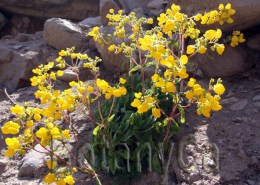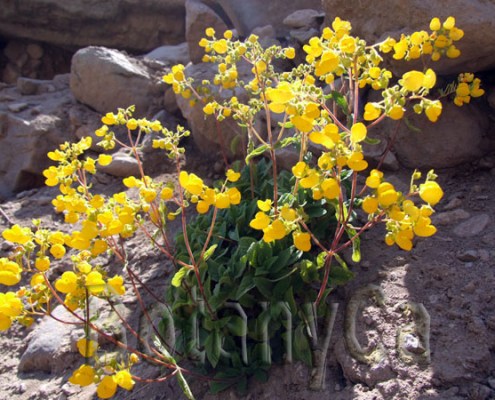Follow-up to Friday’s seeds – let’s go up the mountains and then travel to the Dobrogea region (close to the Black Sea, Romania) to see a few Caryophyllaceae.
I’ll start with Arenaria; yes, usually not overly ornamental plants but easy to please and cheerful when in flower. Arenaria ciliata shown below; another Arenaria found at high altitude is A. biflora.

Arenaria ciliata at about 1100 m alt.
Cerastium alpinum ssp. lanatum, the alpine mouse-ear, can be found at alpine level in quite a few mountain ranges, not only in the Carpathians; it grows on rock crevices, nooks formed between boulders, also on stabilized rock screes and alpine meadows. It is quite adaptable and the woolly foliage makes a nice addition to the large, white flowers; something good to try for any ‘not that advanced’ rock gardener (myself included).
Depending on the traveling time, there are always various Dianthus species to admire from the alpine level to the foothills of the mountain, like D. petraeus, D. tenuifolius, D. carthusianorum and D. glacialis, to mention just a few. Over the years I’ve presented and offered seeds of some of them, except D. glacialis.

Dianthus glacialis
Gypsophila petraea, a cushion forming alpine baby-breath, endemic for Carpathian Mts. usually grows on conglomerate boulders and crevices on the rock walls; often in localized areas. Excellent species for rock gardens and not difficult to grow based on from my previous experience; unfortunately, most of the capsules were immature and I found very few seeds.

Gypsophila petraea; in the image below with Asperula

Moehringia is an overlooked genus in my opinion. I like Moehringia muscosa for its fine texture and although I didn’t have a shaded rock crevice to offer, it did quite well this summer in my garden in a less than favourable position (‘protected’ by Primula sieboldii). The picture in the wild was taken in Barsei Massif (also part of Carpathian Mts.).
Quite a few Minuartia species grow at alpine level and lower; among them, Minuartia verna, the spring sandwort is a rewarding, easy to grow species so don’t be shy to give it a try.
Two cushion forming species of Minuartia from the Bucegi Mts. would be worth having in a rockery: Minuartia recurva and Minuartia sedoides. Especially M. sedoides looks similar to Silene acaulis, but of course that the flowers, when present, signal the different genus. Sometimes they grow interlaced with one another and it is even harder to distinguish them.
One year I must make a special effort and collect seeds of these species.

Minuartia sedoides with yellowish flowers, Silene acaulis and rosettes of Primula minima

Minuartia recurva
I previously showed and probably everyone knows Silene acaulis (first image in the gallery). I’ve also shown with other occasion the cute Silene pusilla (now growing in my garden as well :), so please browse through the gallery to get an idea of the habitats these species are growing in (click to open full size images).
Most pictures are from the Bucegi plateau (alpine level). The ‘green’ boulders’ composed of Silene acaulis, Minuartia and other cushion species, which punctuate the barren rocky areas, are in fact small plant communities. The cushion-type plants are colonizers of these harsh habitats on rapidly draining rocky/sandy soils, and thus very important as pioneers for the installation of other alpine species.
Here’s one more good example with Minuartia sedoides and Primula minima taking good roots in the partly decomposed cushion.

Minuartia sedoides with Primula minima
I didn’t mention Sagina, Scleranthus and probably few others but it’s time to come down the mountain. From the South-Eastern Carpathian Mts. to Dobrogea region there is about a 4 hour drive; it won’t take long to get there – stay tuned…

















































































































































































































































































































